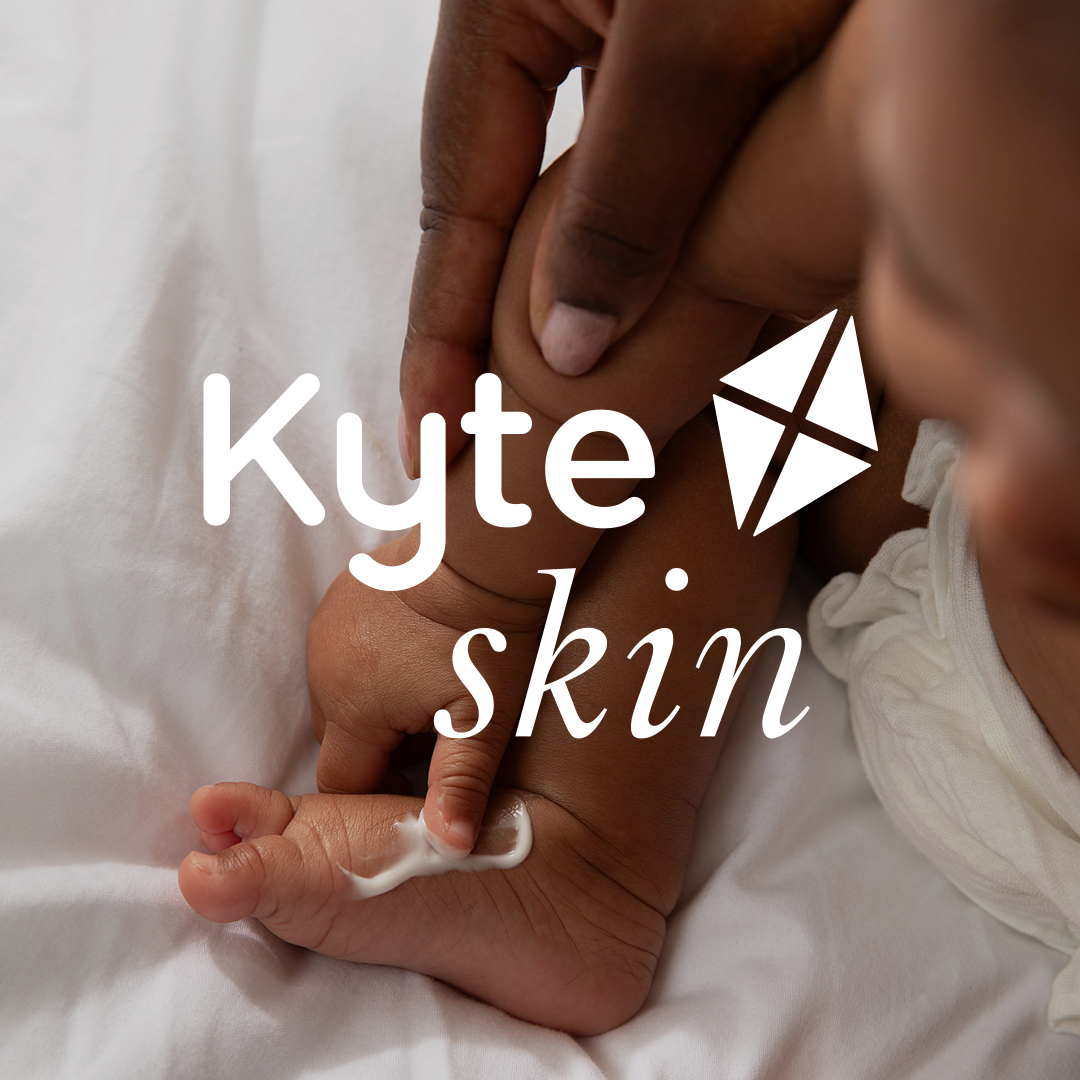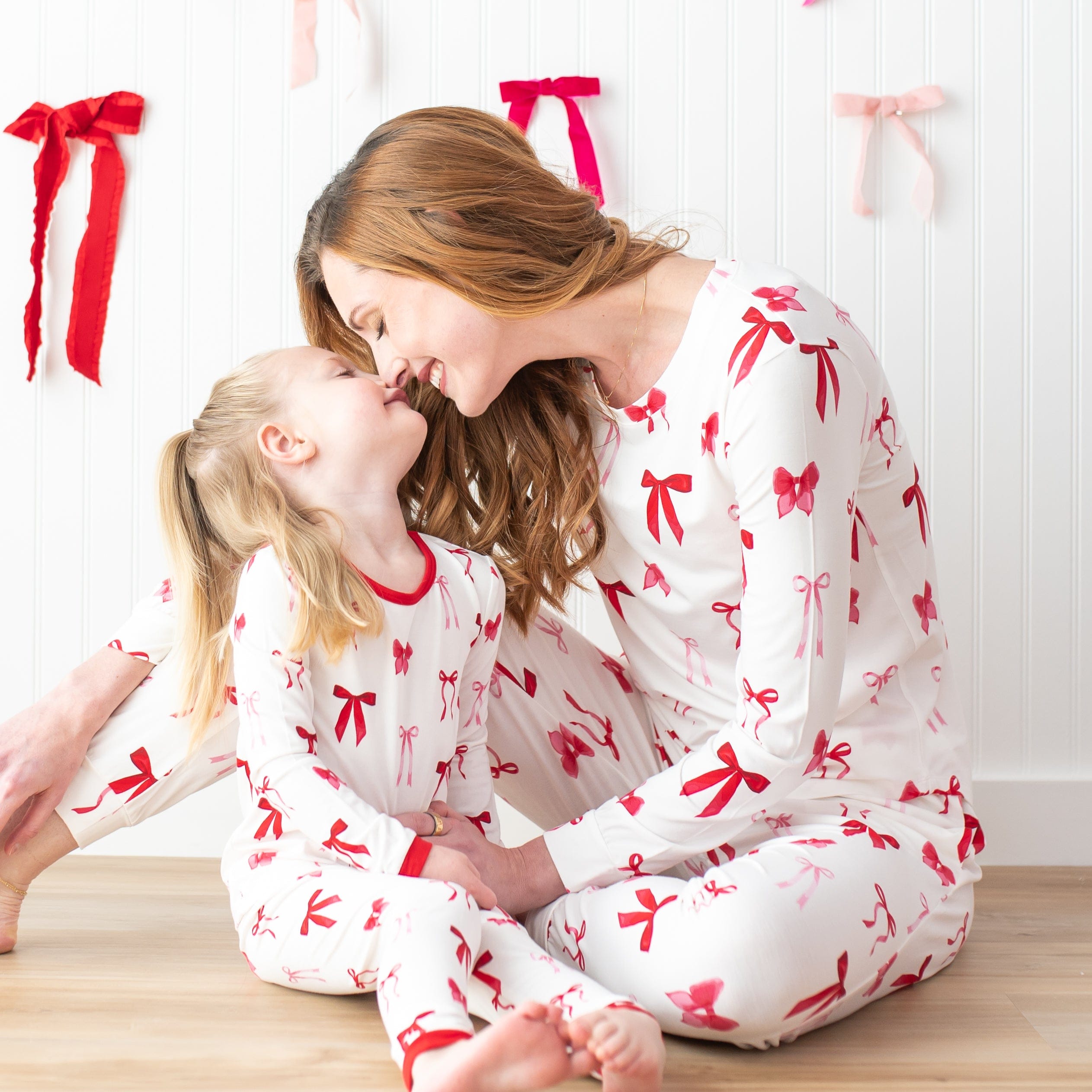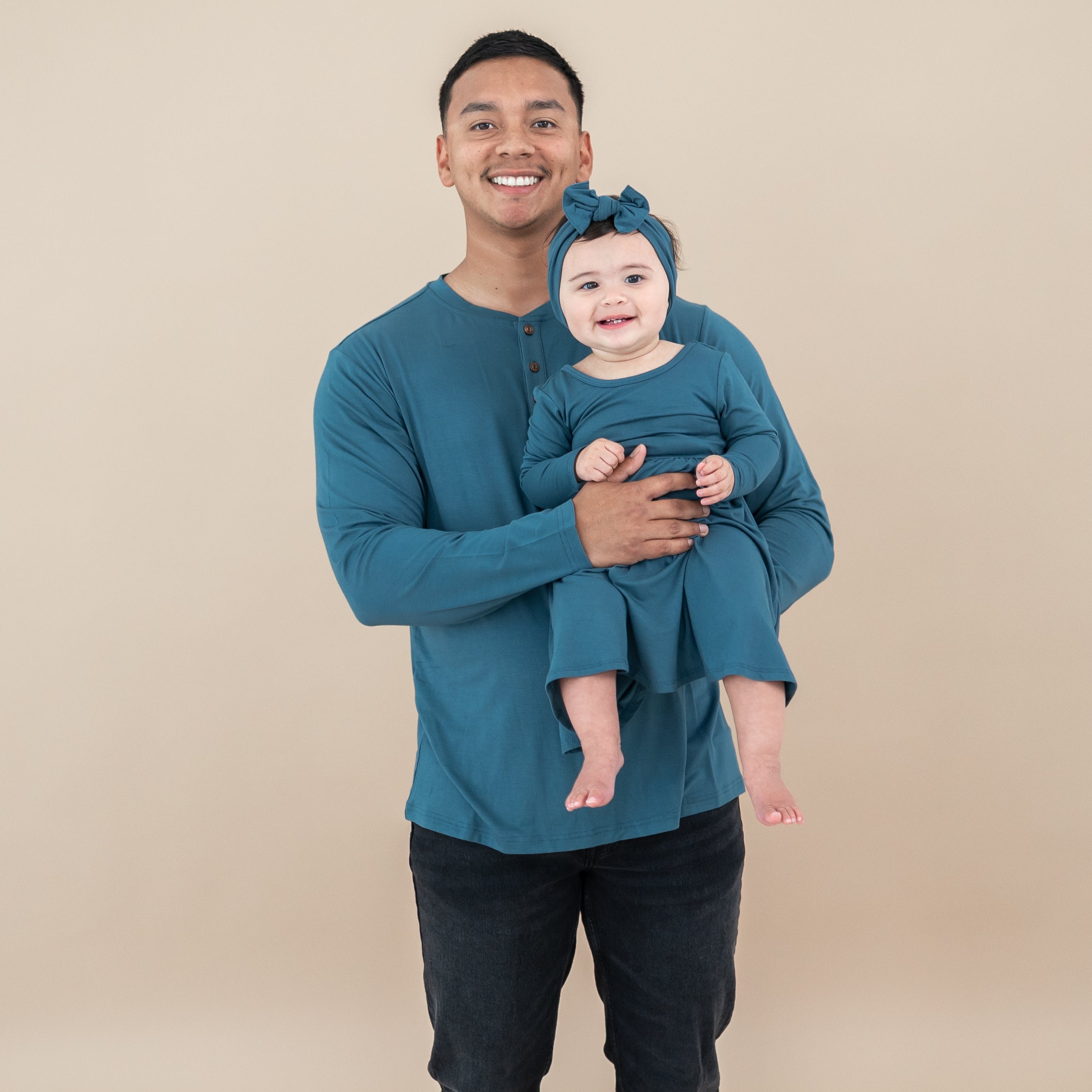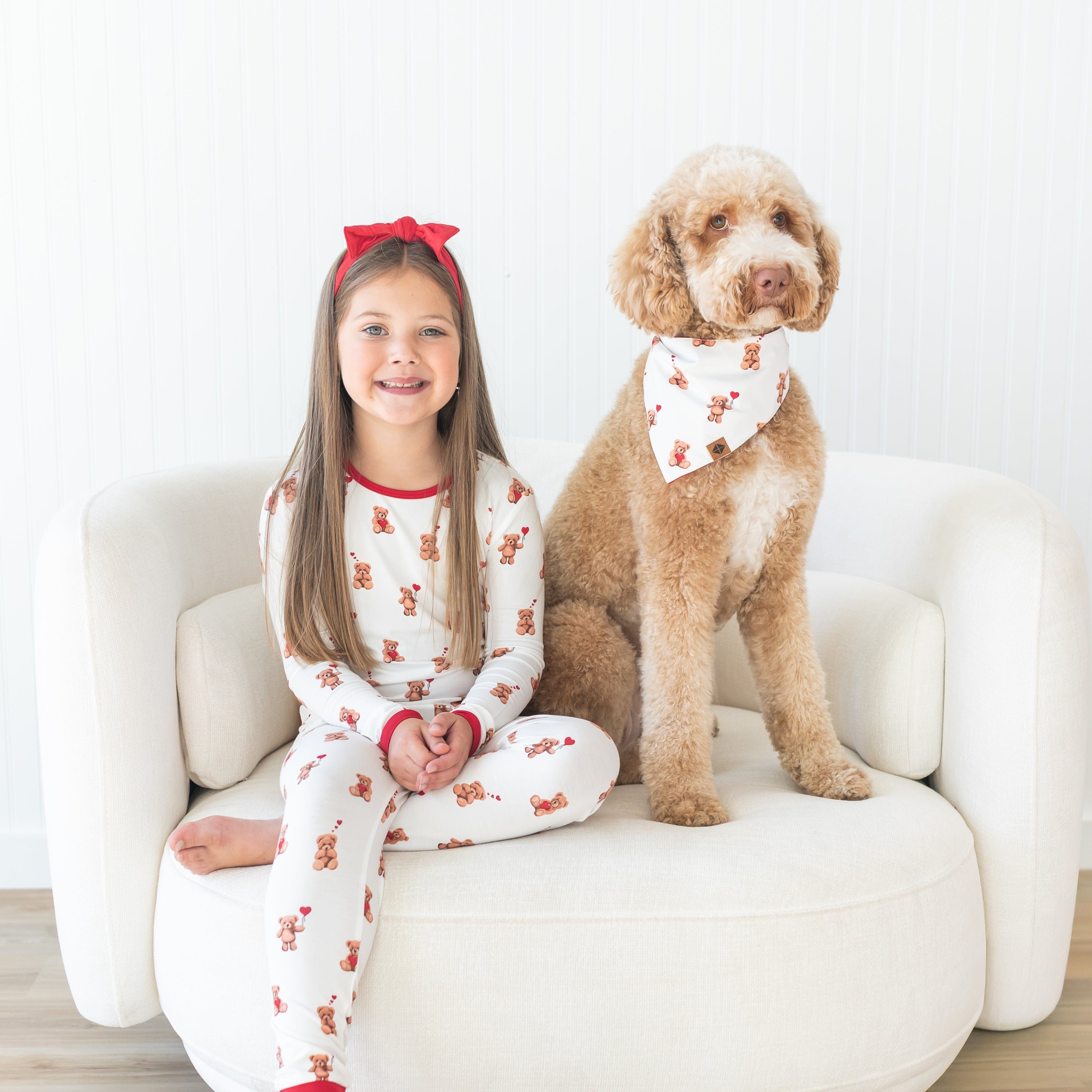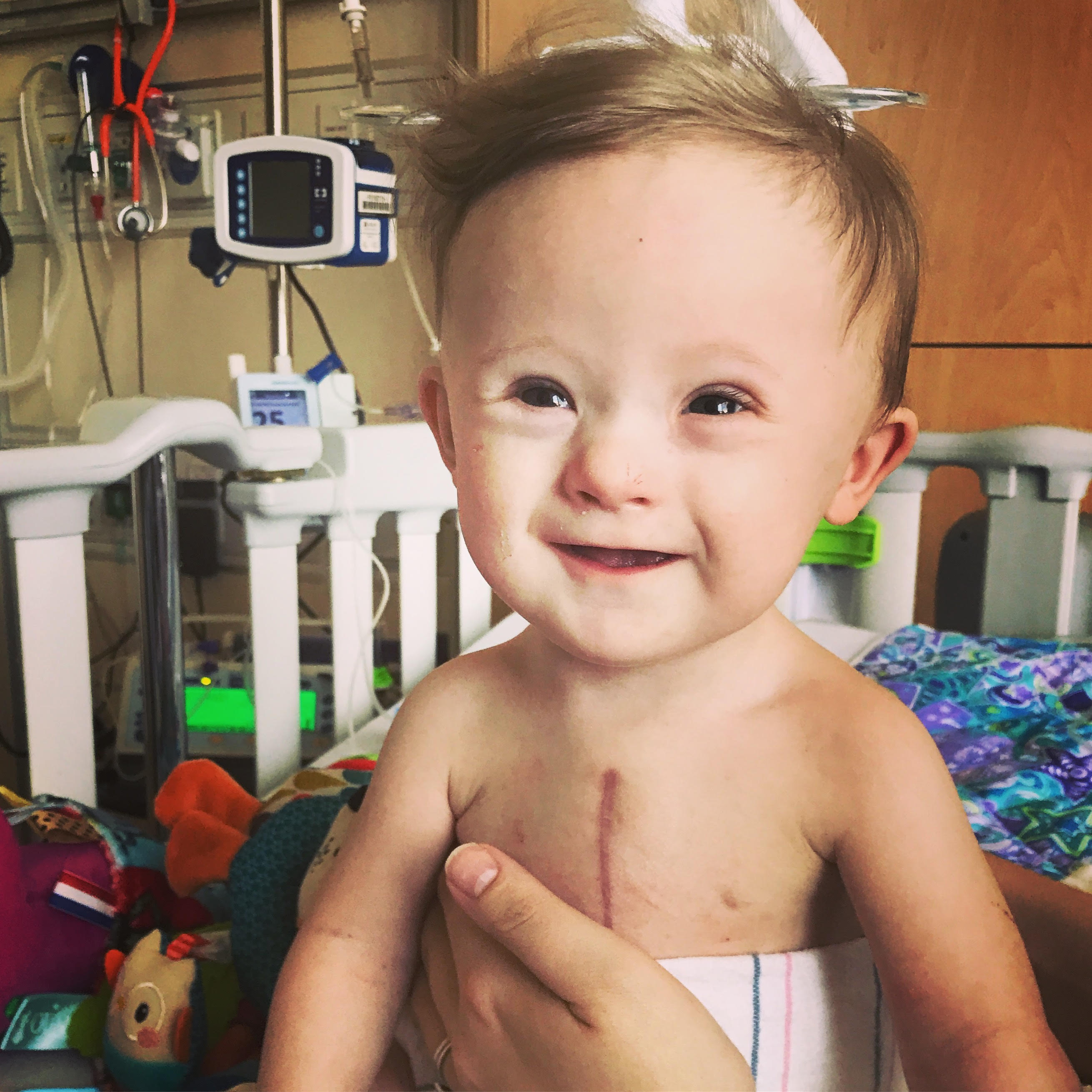Thanks to the American Academy of Pediatrics (AAP) and their strict guidelines around babies and sleep, the rate of Sudden Infant Death Syndrome (SIDS) has decreased significantly over the past few decades. We know so much more than we used to, and although the majority of us still obsessively check that our sleeping babies are still breathing (honestly, does this ever stop?), we can rest just a little easier at night knowing that we’re following the rules of safe sleep. One of those rules is no soft objects, such as stuffed animals, pillows, or loose bedding in the crib until the baby is at least 12 months of age. We know now that these pose a suffocation risk and are a major safety hazard for young children. So, if you can’t put a blanket on your baby, how are you supposed to keep them warm? Thankfully, the answer is simple: a sleep bag.
What is a sleep bag?

A sleep bag is a piece of sleepwear that acts as a wearable blanket. Our sleep bags come in 0.5 TOG, 1.0 TOG, 2.5 TOG (see our blog post about TOG ratings here), so you can pick one with the appropriate thickness and warmth for the season.

Because they’re crafted from bamboo rayon, our sleep bags are not only silky soft, but incredibly breathable with temperature-regulating properties to prevent overheating. A J-shaped double zipper allows easy access in and out for efficient diaper changes and a zipper garage at the neckline to protect your baby’s skin.

What are the benefits of using a sleep bag?
- It reduces the risk of SIDS. Keeping your baby warm is essential to their health, especially because babies are unable to regulate their body temperature. Although loose blankets pose a major safety hazard, using a wearable one like our sleep bag is a way to keep them safe, warm, and cozy. It gives your baby the security and comfort of a blanket, but eliminates the suffocation risk.
- It acts as a bedtime cue. Children thrive off routine, and a bedtime routine is incredibly important for their sleep quality. Before they can comprehend words, babies learn through action. Having a predictable bedtime routine teaches them that the steps leading toward bedtime means it’s time to go to sleep. Zipping your baby up into their sleep bag creates an incredibly strong sleep association that sticks through disturbances or transitional periods, like teething and sleep regressions.
- It prevents your child from getting tangled in the crib slats. Using a crib bumper is a big no-no before 12 months of age, but they were commonly used before the 90s to prevent babies’ heads and limbs from falling through the crib slats. Some babies, especially those who move around a lot in their sleep, may wake from getting their foot stuck between the slats. It’s not uncommon, and many adapt, but using a sleep bag protects those little legs from flailing and getting stuck.
- It deters your child from climbing out of the crib. If you’ve got a climber on your hands, this is a big benefit. Once children become mobile, the growth is exponential. One day they’re crawling, then they’re walking, climbing, and testing their limits—and your patience. Any attempts to climb out their crib (successful or not) isn’t something to ignore. It’s dangerous and can lead to injuries. If your little one isn’t ready to transition from a crib to a bed, using a sleep bag can be a saving grace here. It discourages climbing because your child is limited in their ability to lift their leg over the crib rail.
- It prevents your child from taking off their diaper. Ah, the lovely age when your little one figures out how to remove their own diaper. There’s nothing quite like checking in on your sleeping, angelic (or, so you thought) baby in their crib and discovering that not only are they bare-bottomed, but that the sheets are wet. It’s an unpleasant time for any parent, and, unfortunately, not uncommon. Although this could be a sign that they’re ready to potty train, babies and toddlers do it for the sheer novelty. Once again, a sleep bag comes to the rescue. If your little one can’t get to their diaper, they certainly can’t remove it.

When can my baby start wearing a sleep bag?
If you choose to do so, your baby can start using a sleep bag from birth! Swaddling is recommended for newborns, but there’s no rule that says you have to do it. However, if you do swaddle your newborn, the AAP recommends that you stop once your baby is 8 weeks old or shows signs of rolling (whichever comes first). Once you ditch the swaddle, it’s time to swap in a sleep bag. There may be a transitional period in which your baby’s sleep might suffer without the swaddle, but the sleep bag will quickly become a source of comfort and security for your baby. However, you should always check your babies height and weight with our suggested sizing charts to make sure you are using the correct sized sleep bag for your baby.

When should my baby stop wearing a sleep bag?
There’s no set time that your child needs to stop using a sleep bag. Every baby and toddler is on their own timeline, and has different needs and preferences. Some children may be ready to stop using a sleep bag after 1 year of age, whereas others may continue to use it well into toddlerhood. Many children don’t know how to use a loose blanket until they’re about 3 or 4 years old. It’s common for them to kick off blankets, especially because young children often toss, turn, and roll around the crib or bed throughout the night. Continuing to use a sleep bag in the appropriate TOG can provide you with much peace of mind on cool nights, when you can rest assured that your little one is covered and warm.
If your child is walking and the sleep bag becomes more of a hazard when it causes them to trip and fall, simply transition to a Sleep Bag Walker. Because this version has open cuffs for their feet, it allows them to walk easily while wearing it! It’s perfect for keeping little bodies warm, while still allowing safe mobility. To read about the differences between a Sleep Bag Walker and Sleep Bag and how to decide between the two read more about it here.
What if my baby knows how to unzip the sleep bag?
There may come a time where your baby or toddler discovers that they can unzip the sleep bag and remove it. If your little Houdini is younger than 12 months, this is a cause for concern. You don’t want the sleep bag to become a loose fabric safety hazard, but your baby relies on the sleep bag for warmth. The solution? Put it on backwards! This is one of those solutions that is so easy that it’s laughable. By simply flipping the sleep bag so that the zipper is on your baby’s back, it will prevent even the most talented of escape artists from unzipping and removing the garment.
Since using a sleep bag comes with so many benefits, there’s no need to rush giving it up. Many children rely on it as a sleep aid and source of comfort, but it’s also an extremely practical product. Until your child is ready to sleep with a loose blanket and keep it on throughout the night, continuing to use a wearable blanket makes perfect sense. There are so many things that your child has to give up sooner than later, such as swaddling, a pacifier, and a bottle. Their sleep bag, though? Not one of them.

